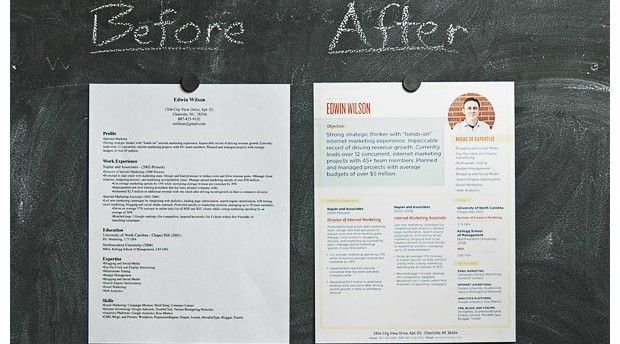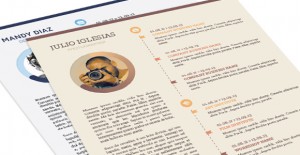How Can I Write a Resume When I Have Nothing to Put on It?
Post Views 45Summary: What are some ways that you can build a resume when you have nothing to put on it? Keep reading to find out how to build your resume in this situation.
- Think about everything you’ve been doing
Jot down on a piece of paper all of your experiences–paid or unpaid, academic or extracurricular or volunteer.
ALL experience counts at this point!
For each experience, record what your position title was (volunteer, treasurer, tutor, researcher, etc.) the name of the organization, the city, the state and the approximate dates you were engaged in this activity.
- Specify what you’ve been doing
Now list out as specifically as possible what, exactly, you, personally, were doing in this capacity. Don’t just say that you organized a fund raiser–pull out exactly what you had to do to get that fundraiser organized! Did you brainstorm appropriate themes with team members? Did you negotiate with vendors? Did you liaison with similar groups? Did you recruit and train volunteers? Did you delegate duties? Did you monitor activities / performance? Did you resolve issues?
- List accomplishments, where possible.
Did you initiate a new program that was successful? Were you named employee of the week based on your performance? Did your team achieve record numbers? Were you promoted? Go back through your descriptions and quantify. How many team-members were you supervising? How many hours per week were you practicing while balancing a full course load? How old were the students you were tutoring?
- Now go back to each descriptive phrase and begin it with an action verb.
Avoid beginning with, “Duties included” or “Responsible for”, both are weak. If you don’t have a specific position description on hand, browse through job postings in the career field that interests you and find the keywords employers are using to describe their ideal candidate. Where appropriate, begin your descriptive phrases with those keywords. The purpose is to make it as easy as possible for the employer to see that you match his/her requirements.
- Your information should be ready to go into a standard resume format now.
Beware of resume templates, often found in word processing programs, because they will fight you as you add and rearrange information.
This draft resume may very well be several pages long, and that’s ok for your “base” resume. You will cut it down to the standard one-page entry-level resume before you start sending it to employers, called “targeting.”
You can now upload your resume directly to Granted.com and let employers start finding you today!
How Can I Write a Resume When I Have Nothing to Put on It? by Granted Contributor



 Give Your Resume a Makeover
Give Your Resume a Makeover  Small Changes to Your Resume That Make it Easy to Scan
Small Changes to Your Resume That Make it Easy to Scan  10 Filler Words to Remove from Your Resume and Cover Letter Now
10 Filler Words to Remove from Your Resume and Cover Letter Now  These Executives Lied on Their Resumes and Got Caught
These Executives Lied on Their Resumes and Got Caught  Tips to Make Your Resume Look and Sound Good
Tips to Make Your Resume Look and Sound Good  How to Adjust Your Resume to Show You Are the Perfect Fit
How to Adjust Your Resume to Show You Are the Perfect Fit  6 Tips to Help You Build a Strong Resume and 20 Things You Should Remove
6 Tips to Help You Build a Strong Resume and 20 Things You Should Remove  “I Can Take Away Your Pain”
“I Can Take Away Your Pain”